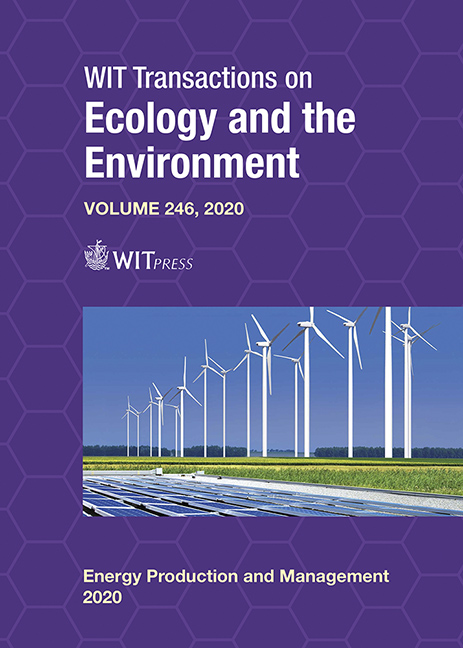EXPERIMENTAL STUDY OF AGGLOMERATION OF GRASS PELLETS IN FLUIDIZED BED GASIFICATION
Price
Free (open access)
Transaction
Volume
246
Pages
9
Page Range
9 - 17
Published
2020
Paper DOI
10.2495/EPM200021
Copyright
WIT Press
Author(s)
NORA C. I. S. FURUVIK, RAJAN JAISWAL, BRITT M. E. MOLDESTAD
Abstract
The agglomeration tendency during gasification of grass pellets in a bubbling fluidized bed reactor was studied. Particle agglomeration occurs as a consequence of interactions between the bed particles and the biomass ash during the thermal conversion of biomass in fluidized beds. The continuous operation and high efficiency of the fluidized beds are in these cases limited by partial or complete de-fluidization. In order to study the agglomeration tendency of grass pellets at defined operating conditions, controlled agglomerations tests are performed in a laboratory scaled 20 kW bubbling fluidized bed reactor. The effect of the ratio between the superficial fluidization velocity (u0) and the minimum fluidization velocity (umf) on the agglomeration tendency for grass pellets is reported. The results show that agglomeration in the bed can be recognized by fluid dynamic disturbances in the bed, and if not counteracted, de-fluidization will occur. The ratio u0/umf influences the agglomeration tendency and the de-fluidization of bed. As the ratio u0/umf increases, the agglomeration tendency and the de-fluidization time decreases. The de-fluidization temperature was not influenced by the changes in the superficial velocity ratio.
Keywords
biomass fluidized bed gasification, particle agglomeration, de-fluidization





